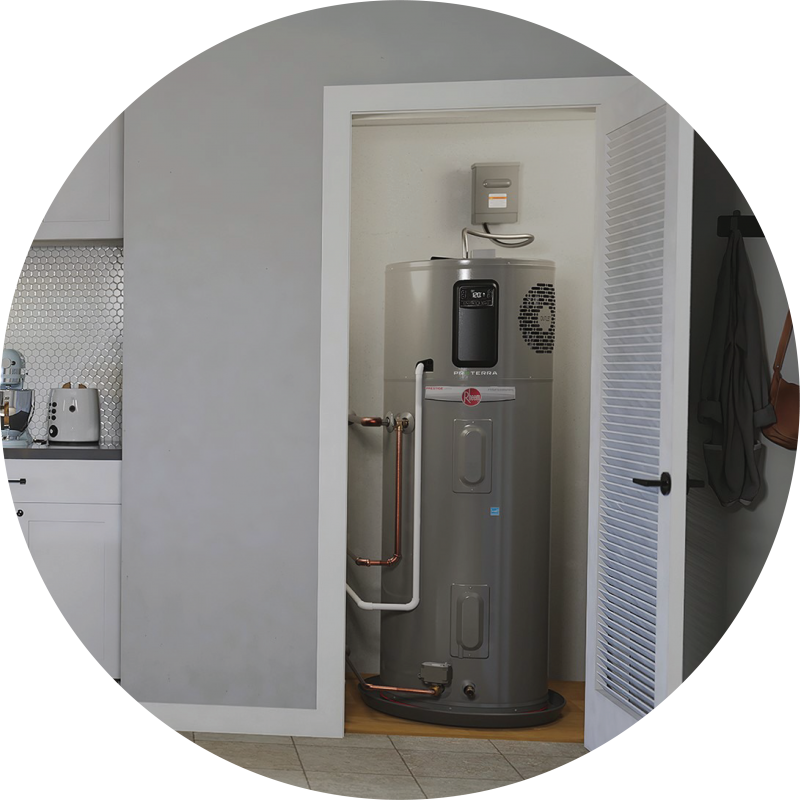In this article in the next paragraphs you'll find some awesome information and facts involving How to Maintain a Hot Water Heater in a Few Simple Steps.

Warm water is crucial for day-to-day comfort, whether it's for a revitalizing shower or washing dishes. To ensure your warm water system runs successfully and lasts much longer, normal upkeep is vital. This post gives practical suggestions and understandings on just how to keep your home's warm water system to avoid disruptions and costly repairs.
Intro
Keeping your home's warm water system could seem complicated, yet with a couple of simple steps, you can ensure it operates smoothly for years to come. This guide covers everything from understanding your warm water system to DIY maintenance suggestions and understanding when to employ professional help.
Significance of Maintaining Your Hot Water System
Regular maintenance not only expands the life-span of your warm water system yet additionally guarantees it runs effectively. Neglecting upkeep can result in lowered performance, greater power bills, and even premature failure of the system.
Signs Your Hot Water System Needs Upkeep
Recognizing when your warm water system requires focus can protect against significant problems. Watch out for indicators such as irregular water temperature, strange sounds from the heating system, or rustic water.
Comprehending Your Hot Water System
Prior to diving right into maintenance jobs, it's handy to recognize the standard elements of your hot water system. Generally, this includes the hot water heater itself, pipes, anode poles, and temperature level controls.
Regular Monthly Maintenance Tasks
Normal regular monthly checks can aid capture minor issues before they rise.
Purging the Water Heater
Purging your water heater gets rid of debris buildup, boosting performance and prolonging its life.
Checking and Changing Anode Rods
Anode poles stop rust inside the tank. Inspecting and changing them when worn is critical.
Checking and Readjusting Temperature Setups
Adjusting the temperature level setups guarantees optimum performance and safety.
Do It Yourself Tips for Maintenance
You can do several upkeep tasks on your own to keep your warm water system in leading condition.
Checking for Leakages
On a regular basis check pipes and links for leaks, as these can lead to water damage and higher expenses.
Testing Stress Relief Valves
Checking the stress relief valve guarantees it functions correctly and protects against extreme pressure build-up.
Shielding Pipes
Protecting hot water pipelines decreases warm loss and can conserve power.
When to Call an Expert
While DIY upkeep is advantageous, some problems call for specialist competence.
Facility Concerns Requiring Specialist Help
Instances include significant leaks, electrical issues, or if your hot water heater is regularly underperforming.
Regular Specialist Maintenance Advantages
Expert upkeep can consist of comprehensive evaluations, tune-ups, and guaranteeing conformity with safety and security standards.
Final thought
Regular maintenance of your home's hot water system is necessary for performance, long life, and cost savings. By complying with these pointers and knowing when to seek expert assistance, you can make sure a trustworthy supply of warm water without unexpected interruptions.
How to Maintain an Instant Hot Water Heater
Before tinkering with your hot water heater, make sure that it’s not powered on. You also have to turn off the main circuit breaker and shut off the main gas line to prevent accidents. Also turn off the water valves connected to your unit to prevent water from flowing into and out of the appliance. 2. When you’re done, you have to detach the purge valves’ caps. These look like the letter “T” and are situated on either side of the water valves. Doing so will release any pressure that has accumulated inside the valves while at the same time avoid hot water from shooting out and burning your skin. 3. When the purge valves’ caps are removed, you have to connect your hosing lines to the valves. Your unit should have come with three hoses but if it didn’t, you can purchase these things from any hardware or home repair shops. You can also get them from retail stores that sell water heating systems. Read the user’s manual and follow it to complete this task properly. When the hosing lines are connected, open the purge port’s valves. 4. You should never use harsh chemical cleaners or solutions when cleaning your unit. Make use of white vinegar instead. It should be undiluted and you’ll probably use about 2 gallons. 5. Now flush your water heater. This task should probably take about 40 minutes. We can’t give you specific directions for this because the procedure is carried out depending on the type, model and brand of your heater. With that being said, refer to the user’s manual. 6. When you’re done draining the unit, you have to turn off the purge port valves again. Remove the hosing lines that you earlier installed on each of the water valves. Put the valve caps (purge port) back in their respective places and be very careful so as not to damage the rubber discs that are found inside these caps. 7. Now that everything’s back in place, check your user’s manual again to find out how to reactivate your water heating system. 8. Once it is working, turn one of your hot water faucets on just to let air pass through the heater’s water supply pipes. Leave the tap on until water flows smoothly out of it. https://www.orrplumbing.com/blog/2014/september/how-to-maintain-an-instant-hot-water-heater/
Do you like reading up on Tips on Maintaining a Water Heater? Make feedback below. We would be pleased to find out your ideas about this write up. Hoping to see you back again later on. Are you aware of someone else who is truly interested in the topic? Do not hesitate to share it. Thanks for being here. Don't hesitate to visit our site back soon.
Click Here!